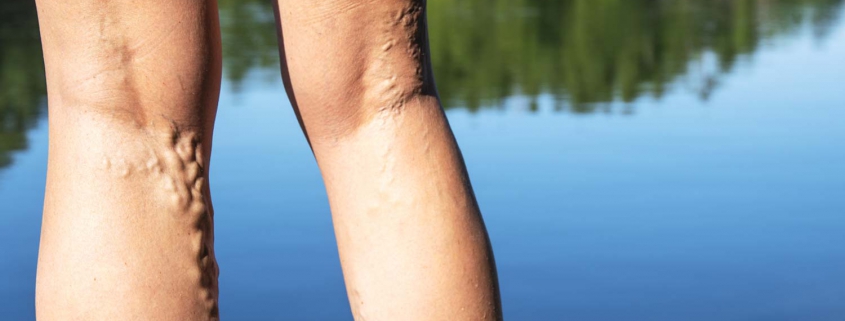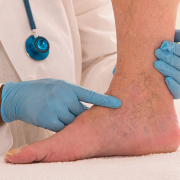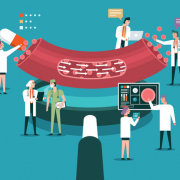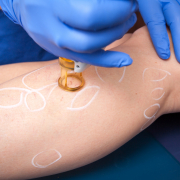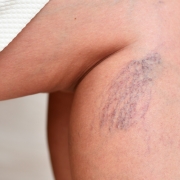The Hidden Dangers of Untreated Varicose Veins
Painful varicose veins can be a sign of a more serious problem, such as a blood clot, or a skin infection. If you have a varicose vein that is becoming painful, it could be a clue that something more serious is happening and you should see a doctor. Painful varicose veins can get worse, and as they worsen, you can develop complications as a result. Here are some of the hidden dangers from untreated varicose veins including:
Leg Swelling
As pressure builds within the veins, fluid from the blood can leak into the surrounding tissues, causing swelling. Signs of swelling can include a tight sensation in your skin, or an impression left in your skin after removing your socks or shoes. In more severe cases, your shoes may not fit and your leg may become very swollen. The skin may even leak a clear or yellowish fluid. These symptoms may improve with leg elevation and compression stockings. If the swelling persists, it can lead to changes in the skin, such as hardening or a change in skin color.
Venous Ulcers
Varicose veins can cause swelling, which over time can result in skin changes. When this occurs, skin can become less likely to heal from even minor injuries. This happens because the swollen tissue can limit the flow of nutrients and oxygen to the involved tissue, both of which normally aid the healing process. The constant tension on the tissues can prevent healing as well, creating non-healing ulcers. Reducing the swelling is a key treatment for these non-healing ulcers.
Cellulitis (Skin Infection)
When the tissues are stretched from swelling veins it interferes with the body’s natural defense against infection. Bacteria that are normally present on our skin can get into the body, causing a skin infection called cellulitis. The swelling may increase and there will generally be a distinct area of redness and warmth. In severe cases there may be blistering, pus and a general overall sense of malaise. As with any infection you may develop a fever or chills and medication is needed to treat the infection or it could become life-threatening.
Bleeding
There is a larger than normal amount of blood in varicose veins, sitting right below the surface of the skin. If the vein is hit or cut, there can be a significant amount of bleeding, more than you would normally expect. Or, if the skin isn’t broken, there may be distinct bruising. It can also take longer than normal for bleeding to stop if the injury is large.
Thrombophlebitis
Blood is more likely to clot in a varicose vein. Up to 3% of people with varicose veins will develop blood clots. The area becomes painful, warm to the touch and the vein can become hard.
Deep Vein Thrombosis
Occasionally, in about 25% of people who develop blood clots in varicose veins, the clots will develop in deeper veins. Deep vein thrombosis is a serious medical condition that requires immediate medical treatment. The leg can be swollen, warm, red and painful. The biggest risk is that the blood clot may break off and move to the lungs, causing a life-threatening condition called pulmonary embolism.
If you have varicose veins and they are painful, talk to your doctor. If you have a swollen varicose vein or leg that is painful, red and warm to the touch, please seek medical attention immediately to be evaluated for a deep vein thrombosis.
Schedule a Vein Consult with Missouri Vein Specialists in Kansas City, MO
Want to learn more about the hidden dangers of varicose veins? Schedule a vein consultation with the best vein doctor in KC today by calling 816-792-3400 or use our online form and we will contact you.

